Gen Z Is Walking Away from Education—Are They Right?
education
Gen Z
society
8 min
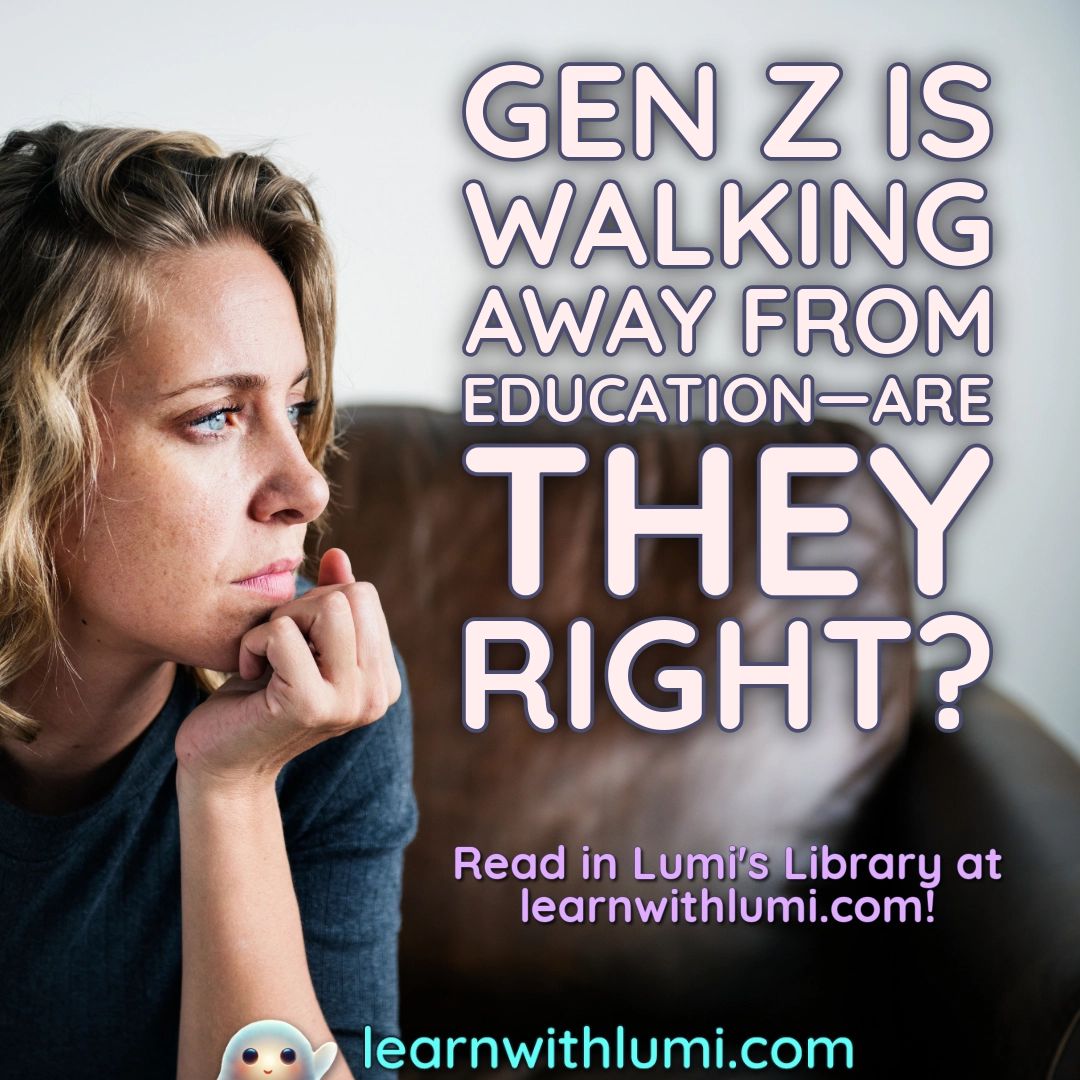
Nearly 1 in 5 young people globally are abandoning traditional education—not from apathy, but dissatisfaction with a system failing to deliver on its promises. The college pathway often leads to debt without matching opportunities. Today's educational model struggles with outdated curricula, mental health challenges, high costs, and technological disruption. Young people need a system that evolves with their needs. The future lies in personalization, practical skills, and diverse learning paths. AI-enhanced platforms like Learn with Lumi show incredible promise and could be a serious game-changer in combining technology with human connection. This societal challenge requires action across sectors. To reconnect Gen Z with learning, education must become personal, practical, and possible again—creating pathways for both economic success and meaningful lives.
Gen Z Is Walking Away from Education—and Maybe They're Right
The numbers can no longer be ignored. Over 4.3 million Gen Zers in the U.S. are not in school, working, or training for employment. In the U.K., the number of youth categorized as NEET (Not in Education, Employment, or Training) has surged by over 100,000 within just a year. Globally, nearly 1 in 5 Gen Zers fit this description. This isn't just a fringe issue anymore—it's become a significant cultural shift that's transforming how we need to think about education.
I've been watching this disconnection grow and wondering what's really happening beneath the surface. It would be easy to chalk it up to laziness or entitlement, but that feels too simplistic, almost dismissive. The more I dig into this, the more I see that young people aren't abandoning the concept of education—they're walking away from a system that isn't fulfilling its promises. And honestly, I can understand why. This trend reveals something more nuanced, though. It shows up differently depending on where you look—across different income levels, regions, and communities—suggesting there's a complex web of factors at work rather than a single, uniform explanation.
The Broken College Promise
For generations, we told students that college was the guaranteed route to a successful, meaningful life. That assurance has started to ring hollow. According to a recent Fortune article, countless young adults now graduate carrying heavy debt and degrees that don't align with available job opportunities. Political commentator Peter Hitchens captured this disconnect when he observed: "They would be much better off if they apprenticed to plumbers or electricians."
While certain sectors like healthcare continue to thrive—with over 1 million new jobs anticipated in the U.S. alone—many college degrees have left graduates underemployed, drowning in student debt, and uncertain about their career paths. Yes, the long-term return on investment for college education might still be positive—681% over 40 years according to Fortune—but I can see why many Gen Zers hesitate when that payoff might take decades, especially as living costs climb and job markets shift unpredictably. Some young people even have to turn down job offers simply because they can't afford the commute.
There's something deeper worth considering here, though. The college experience isn't uniform. Outcomes vary dramatically depending on the type of institution, field of study, geographic location, and individual circumstances. Elite universities still offer substantial advantages through networking and prestige, while community colleges provide accessible pathways to economic mobility for many. The college experience itself also nurtures social capital, personal growth, and intellectual development—benefits that aren't easily quantified in dollars but remain valuable in ways that transform lives. This complexity makes it hard to make sweeping judgments about higher education's worth.
Why the Traditional Model is Failing
The current educational system isn't just outdated—it actively creates barriers that push students away. I've been piecing together what seems to be happening:
-
Rigid pathways: The system still predominantly favors a four-year college track, sidelining alternative yet valuable options like apprenticeships, entrepreneurship, or blended learning experiences.
-
Outdated curricula: Schools often overlook essential modern skills such as adaptability, critical thinking, digital literacy, and real-world problem-solving.
-
Mental health and burnout: Today's students are increasingly overwhelmed emotionally and mentally, yet schools rarely provide sufficient support to build resilience or address mental well-being.
-
High costs with uncertain outcomes: Rising tuition fees and living expenses turn higher education into a risky gamble rather than a secure investment.
-
Technological disruption: The accelerating pace of automation and AI advancement is reshaping job markets faster than educational institutions can adapt their curricula, widening the gap between what's taught and what's actually needed.
-
Cultural misalignment: Many educational institutions still operate on industrial-era values emphasizing conformity, while today's youth culture increasingly values authenticity, flexibility, and purpose-driven work.
Above all, young people feel unsupported and lost. I was struck by what Jeff Bulanda from Jobs for the Future said: "When you don't know what options exist, no one helps you connect the dots, and the next step feels risky or unreachable—it's no surprise many young people hesitate."
I find hope in pockets of innovation, though. Some educational institutions are finding new paths forward. Early college high schools, competency-based education programs, and schools with strong work-study integration show that meaningful change is possible within existing frameworks. These bright spots suggest the foundations for transformation might already be taking shape.
Reimagining Education for the Future
We can't just tweak around the edges of the existing system. If nearly 1 in 5 young people are stepping away, something fundamental needs to shift. I've been thinking about how education might evolve into something more personalized, practical, and genuinely connected to real-world life:
-
Enhanced career guidance: Moving beyond simply "choosing a major" to exploring personal strengths, passions, and realistic career pathways.
-
Practical connections: Education should focus on tangible skills and direct applications rather than memorizing abstract concepts disconnected from real life.
-
Valuing alternative pathways: Apprenticeships, certifications, hands-on internships, and self-directed learning must gain equal respect and recognition as traditional academic routes.
-
Comprehensive emotional support: Schools must integrate emotional intelligence and mental health resources to support students holistically.
-
Economic accessibility: Innovative funding models beyond traditional student loans—such as income share agreements, employer-sponsored education, and expanded public subsidies—could help address financial barriers.
-
Community integration: Educational institutions that deeply embed themselves within their communities can better connect learning to local economic opportunities and cultural contexts.
I've been wrestling with this tension, though. Critics make a fair point when they argue that completely reimagining education risks abandoning valuable aspects of traditional learning—rigorous intellectual development, exposure to diverse perspectives, and cultivation of civic values. The challenge, as I see it, lies in preserving these elements while dramatically enhancing education's relevance and accessibility. There's a delicate balance to strike here.
A Vision for a New Kind of Education
Emerging platforms offer glimpses into what education could become. For example, I have been developing Learn with Lumi, a homeschooling and tutoring platform, and hopefully in the near future a school classroom experience, that meets students exactly where they are. By using AI, Learn with Lumi personalizes learning—respecting each student's unique pace, learning style, and interests. Learn with Lumi's mascot, Lumi, functions as more than just a virtual teacher; it's a supportive guide, celebrating achievements and gently steering students through challenges.
Platforms like Learn with Lumi aren't just about innovative technology; they're about restoring trust, providing genuine support, flexibility, and relevance.
I'm also aware of the limitations, though. Technological solutions alone can't address all educational challenges. The digital divide persists, and access to high-quality internet and devices remains uneven. Certain aspects of education—particularly social development, hands-on experimentation, and the benefits of in-person mentorship—can't be fully replicated through digital platforms.
The most promising future, from what I can see, likely involves thoughtfully integrated approaches combining the best of technology-enabled personalization with meaningful human connection and community engagement. This hybrid model could overcome limitations of both traditional and purely digital approaches, creating something that genuinely serves diverse learning needs.
Education doesn't need to be discarded; it needs to be redesigned—with the learner firmly at the center.
Building a Bridge Between Learning and Life
Fortune put it well: "The question isn't why they disconnect; it's why we haven't recognized sooner that the old ways aren't working."
Young people aren't rejecting learning itself—they're rejecting a system that has lost its relevance and purpose. This distinction matters. To truly re-engage them, education must become personal again, practical again, and possible again. The future depends on giving learners better choices—and reminding them their unique path is valuable.
I'm becoming more convinced that systemic change requires collective action across multiple sectors. Employers need to reexamine hiring practices that overemphasize credentials. Policymakers must reallocate resources to support diverse educational pathways. Communities should create stronger connections between local businesses, schools, and families.
This isn't merely an educational crisis—it's a societal challenge that touches on economic policy, technological change, mental health, and evolving cultural values. Addressing it successfully will require coordinated efforts from multiple stakeholders and a willingness to fundamentally rethink our assumptions about what education is and what it should accomplish in the 21st century.
The growing disconnection among Gen Z concerns me, but I also see possibility in this moment. There's an opportunity to build something better—an educational ecosystem that truly serves all learners and prepares them for both economic success and meaningful lives. Perhaps what looks like walking away is actually the first step toward something new.
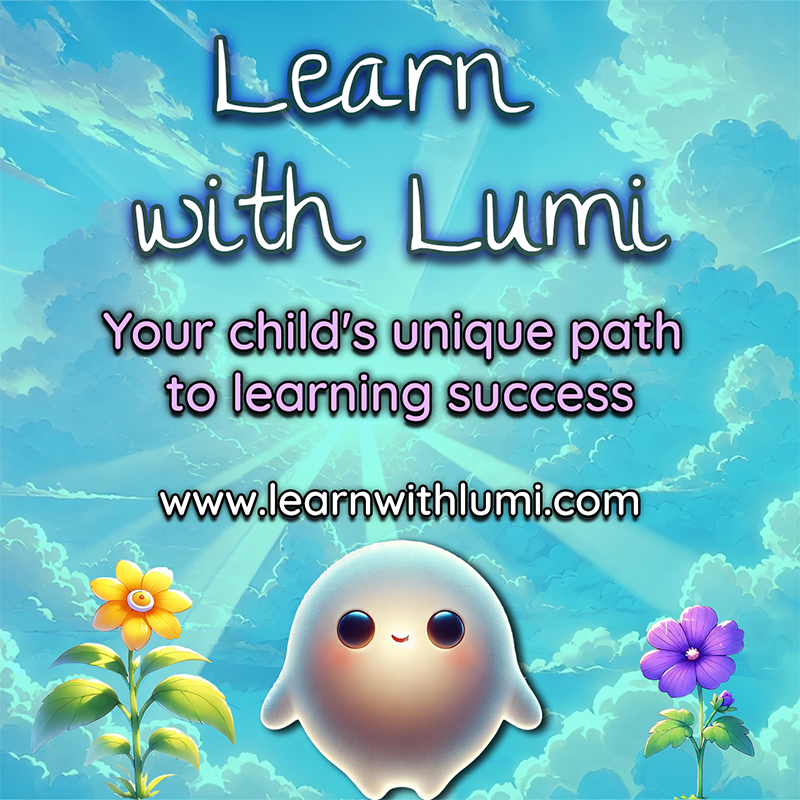
Learn with Lumi is a super-powered educational platform perfect for complete curriculum implementation or targeted learning enrichment. Developed by DarkViolet.ai, this versatile platform delivers personalized instruction that adapts to each student's needs and sets higher academic standards through customized learning paths, interactive lessons, and comprehensive progress tracking.
Discover how Learn with Lumi can transform your educational experience.
More Articles
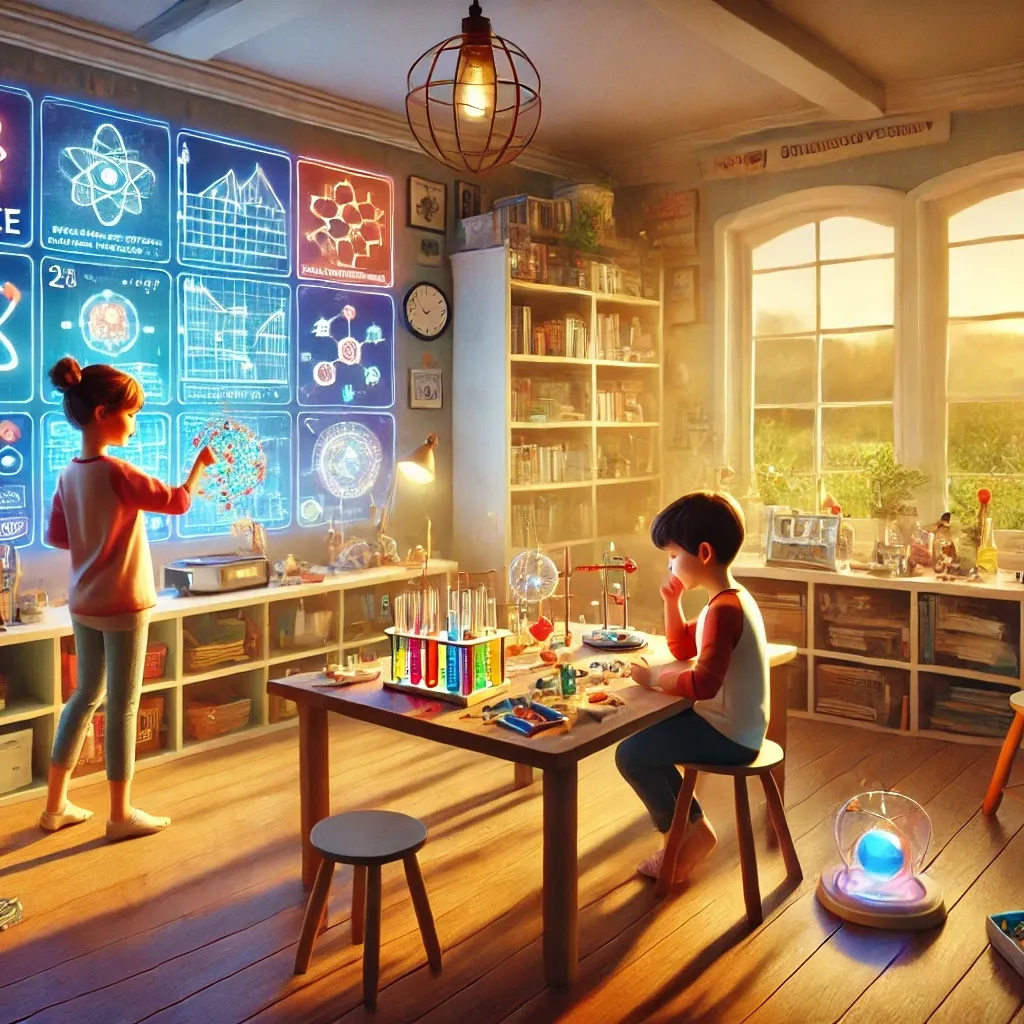
Homeschooling and Independent Learning STEM
9 min read
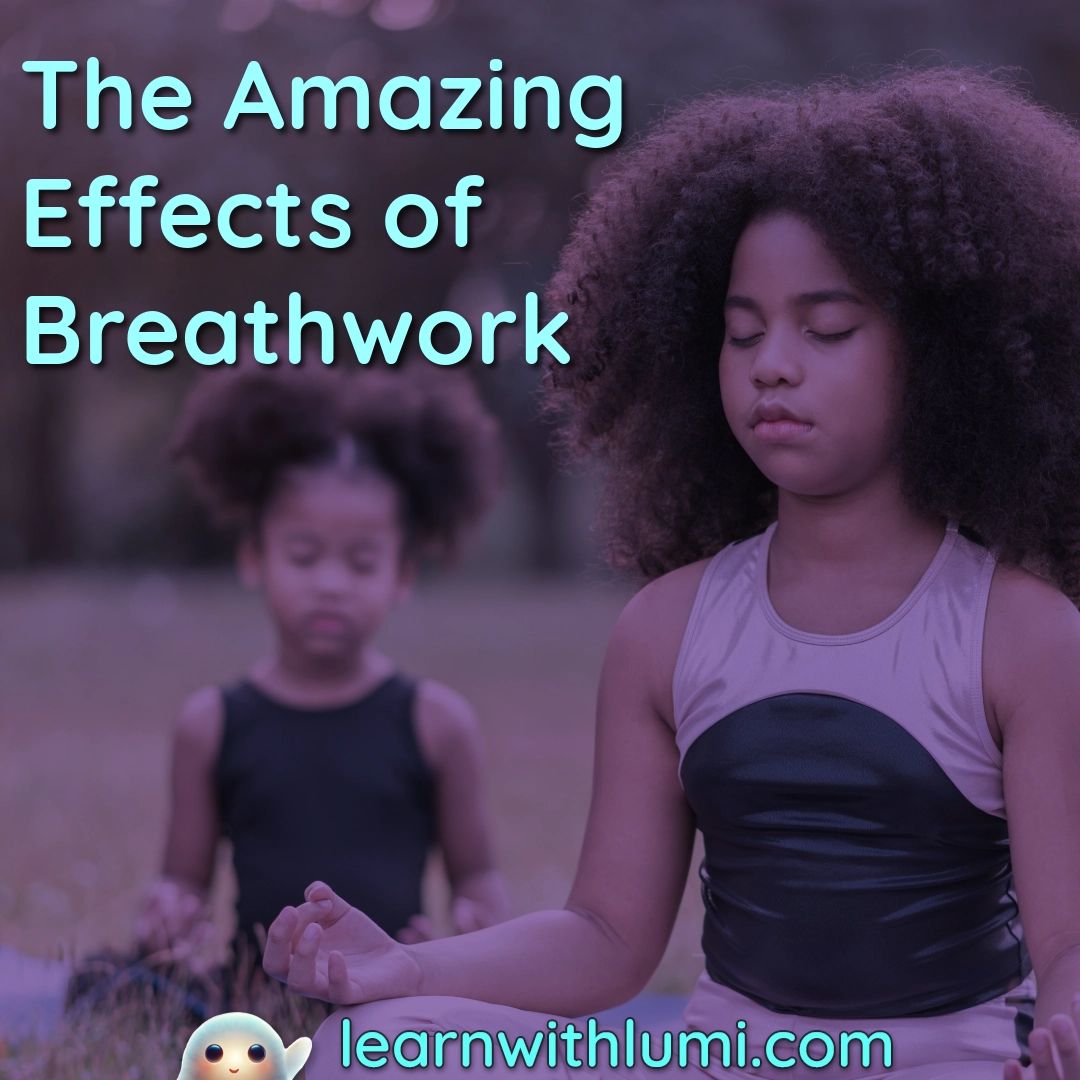
The Amazing Effects of Breathwork
10 min read

Homeschool Laws in the United States: An In-Depth Guide
12 min read
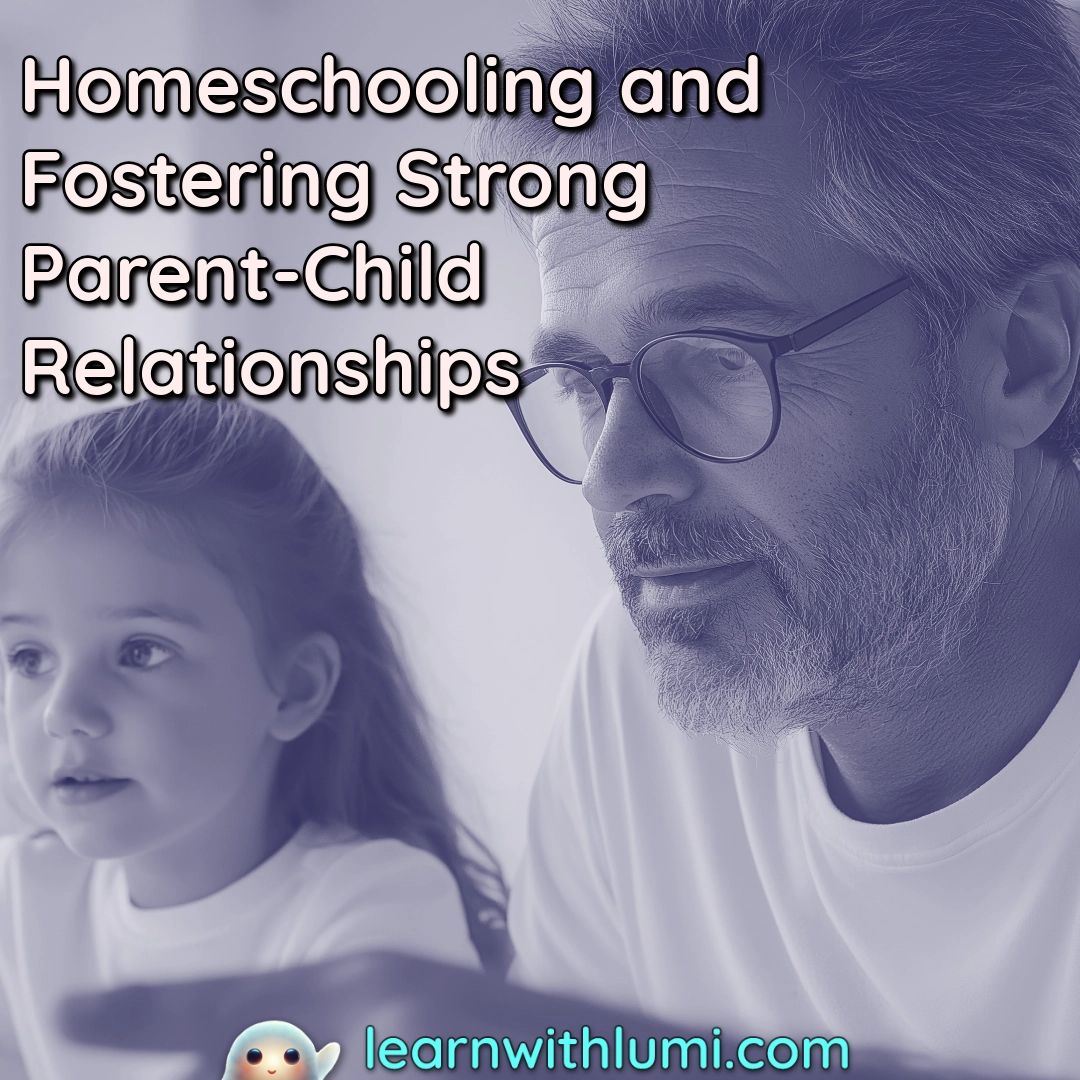
Homeschooling and Fostering Strong Parent-Child Relationships
7 min read

A Literacy Renaissance: What the Mississippi Miracle Teaches Us About Reading, Research, and Renewal
5 min read

The Education Revolution: Reimagining Learning for the 21st Century
8 min read
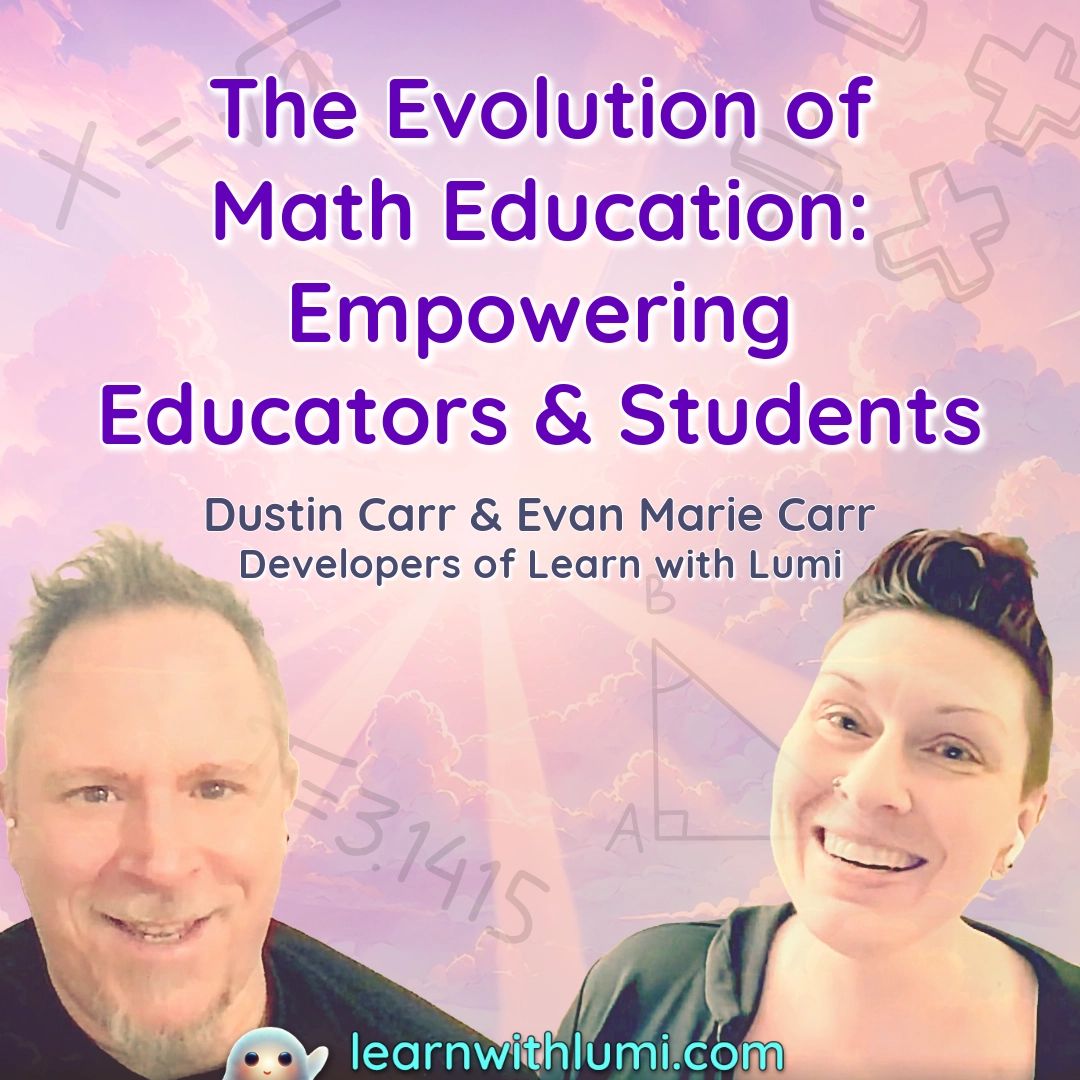
Empowering Teachers Through AI-Enhanced Education
12 min read

Transformative Impact of AI on Educational Landscapes
8 min read
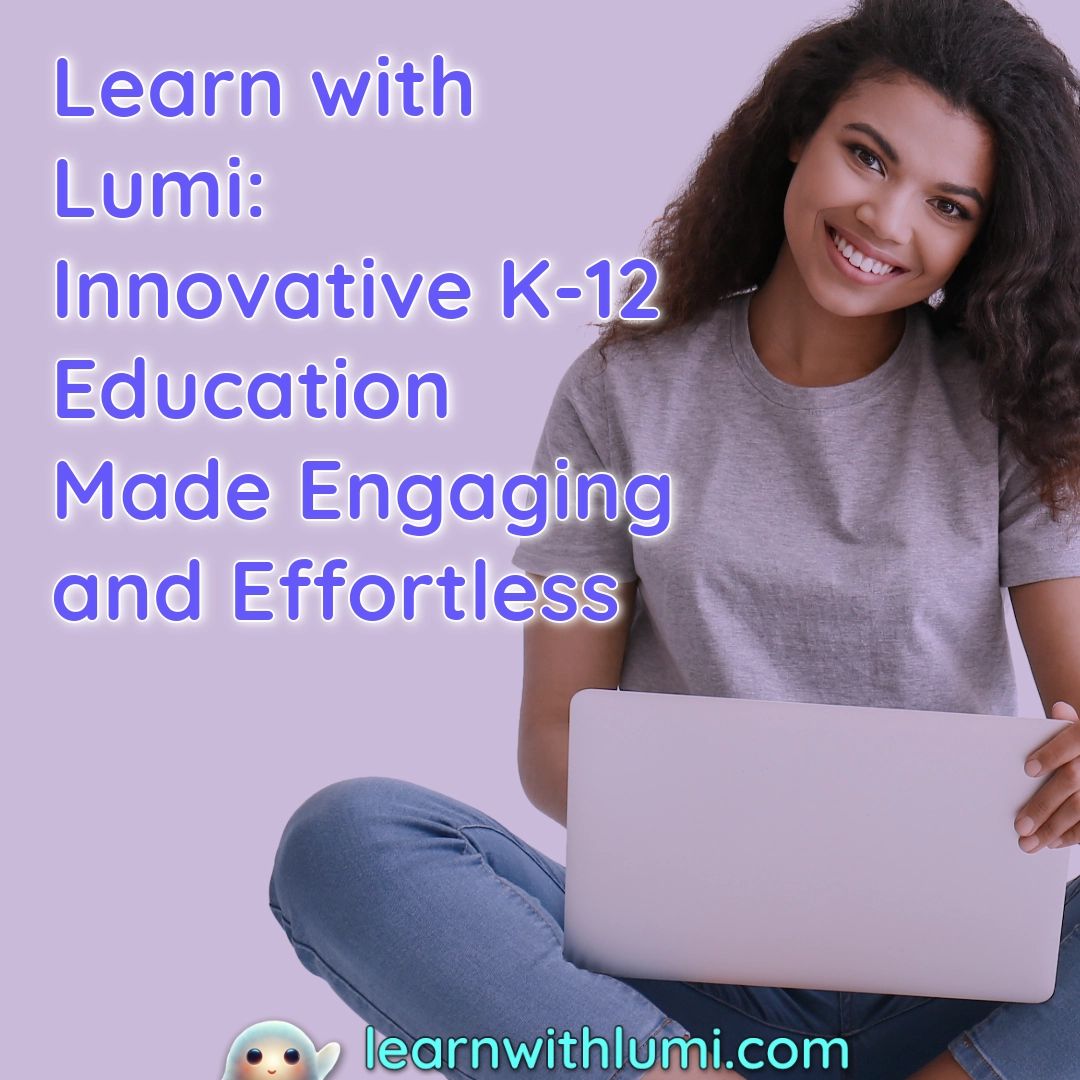
Learn with Lumi: Innovative K-12 Education Made Engaging and Effortless
11 min read
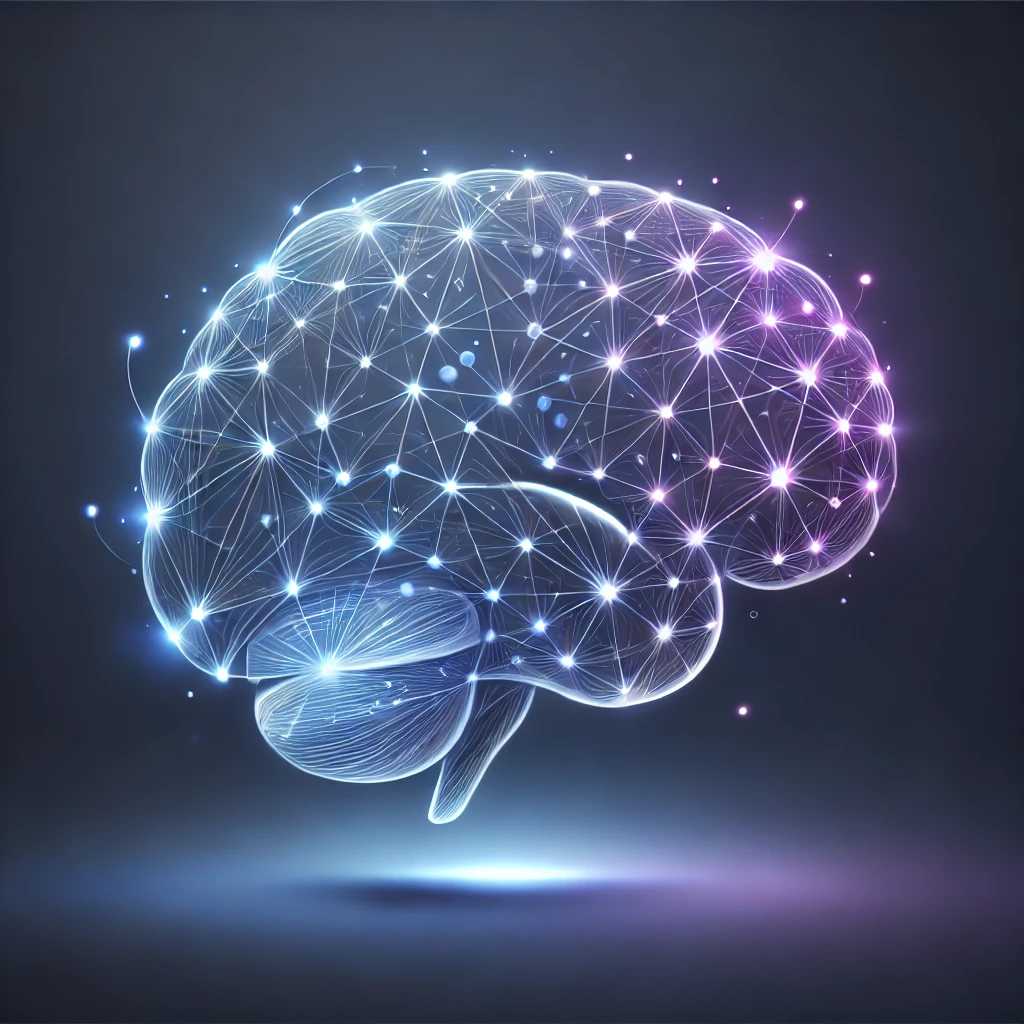
Why Understanding LLMs is Essential for Today's Students
11 min read

The Quiet Revolution: How AI is Transforming Our Classrooms
5 min read
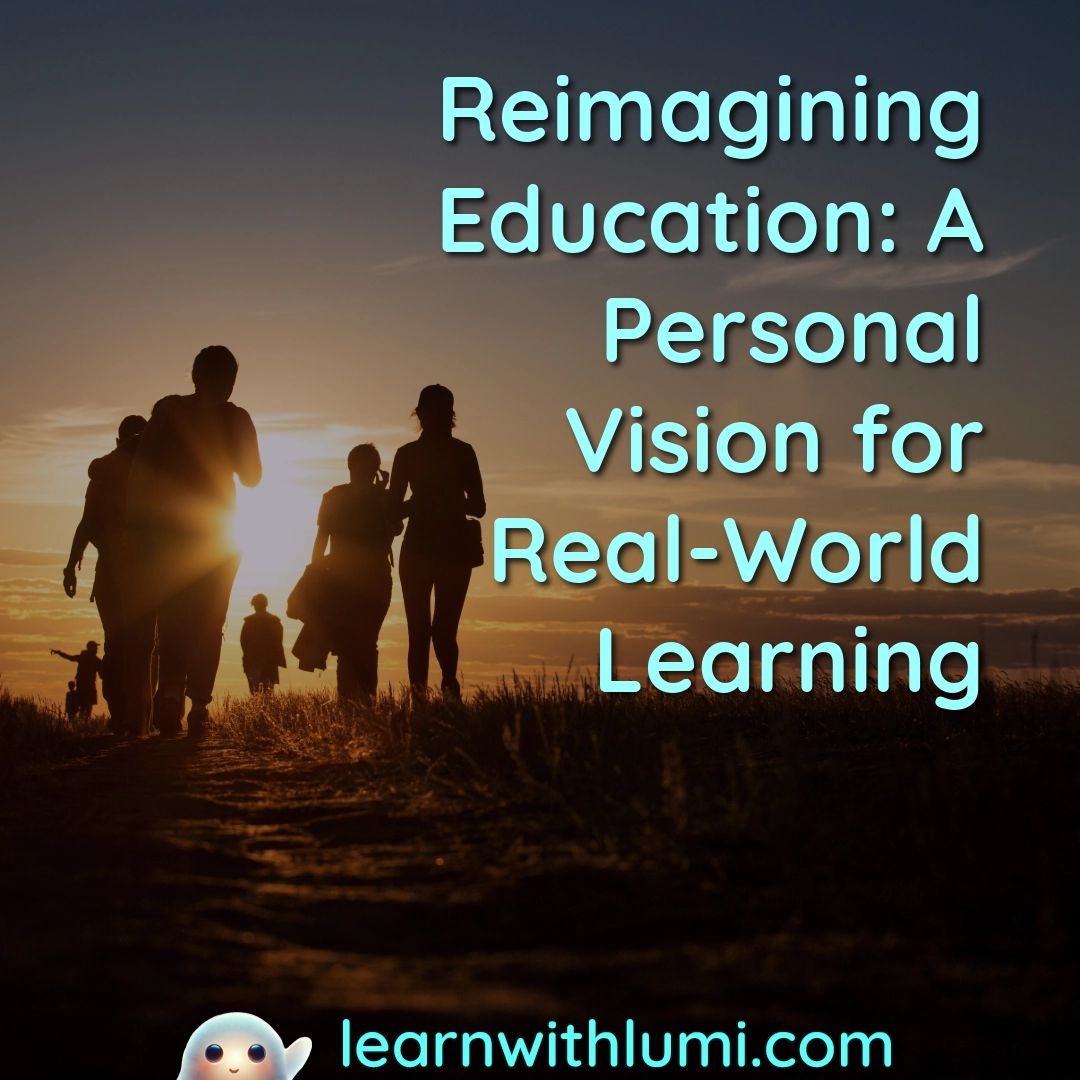
Reimagining Education: A Personal Vision for Real-World Learning
6 min read
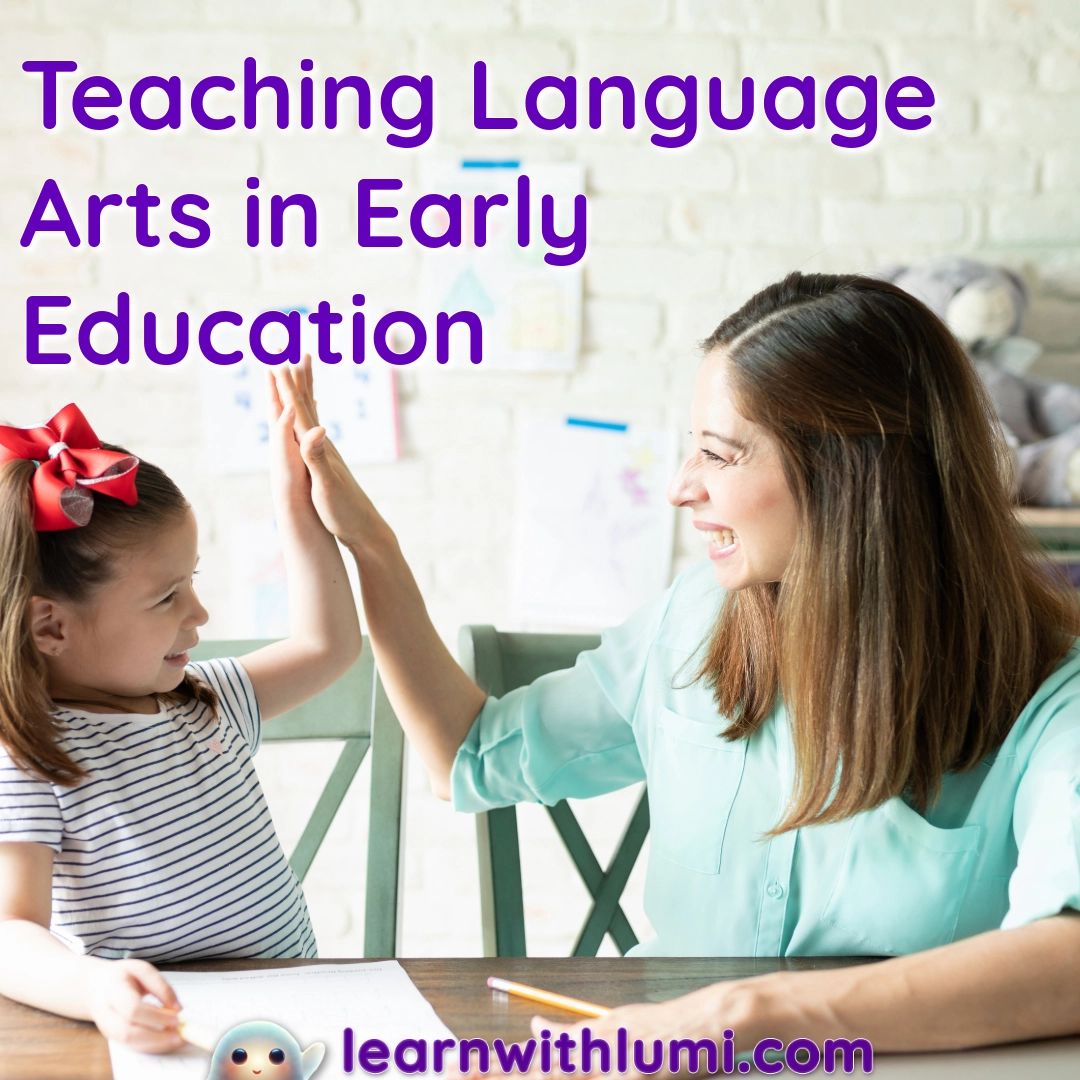
Teaching Language Arts in Early Education
15 min read

A Homeschooling Guide for Newbies
9 min read
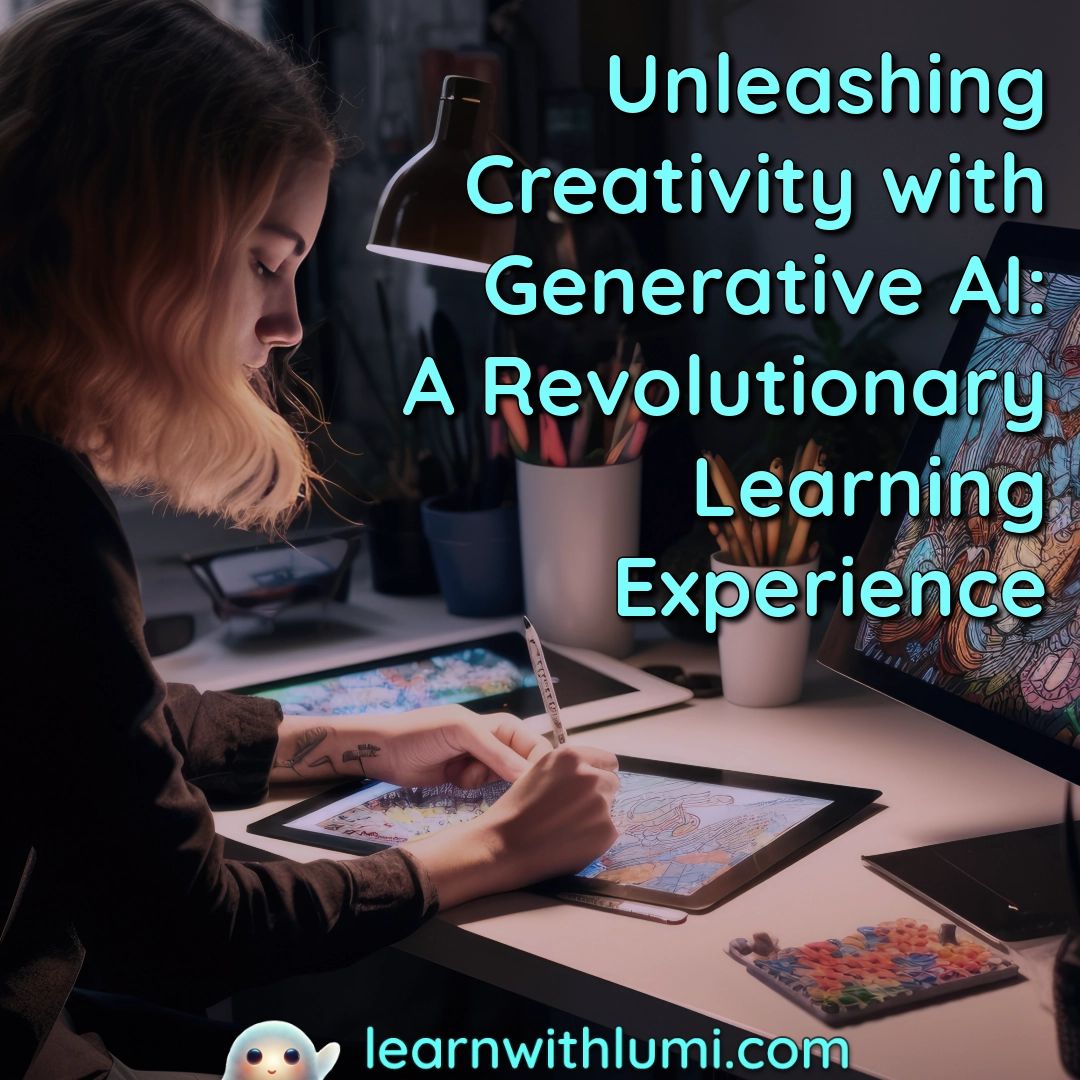
Unleashing Creativity with Generative AI: A Revolutionary Learning Experience
5 min read
